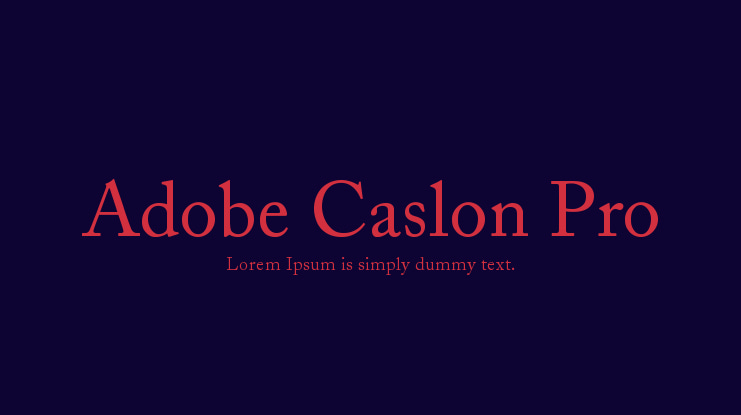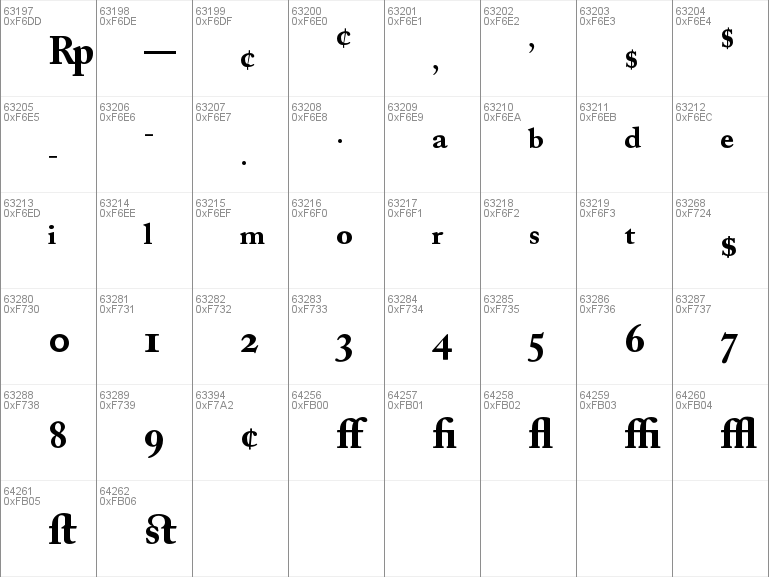
If you write romance novels, your audience has some expectations (some of it even unconscious) about the way the book should look. Much like the cover advice I’ve given in the past, you need to find a balance between creativity and meeting expectations. If you really want to use Comic Sans for the content, you can (but please don’t). That includes decisions about the typeface you pick for your book.

You’ll hear me and many other publishing industry experts point out that independent publishing and print-on-demand mean you own the entire process of bookmaking. For me, I think of Baskerville for fantasy, literary fiction, and romance, while Garamond hits me as more of a sci-fi or thriller type of font. It has many of the thickness and balance elements of Baskerville, with a slightly more industrial or modern look with less space between letters and a condensed feel.

Thanks to its clean appearance and fine balancing of thick and thin lines, Baskerville remains one of the easiest to read printed fonts. Developed in the 1750s, Baskerville is a serif font that’s been actively used for hundreds of years. Baskerville – Top of my list for fiction books.I love this font for nonfiction that still has casual or lighter subject matter. The main difference to my eye is a slightly smaller character with thicker lines. This is another older style, Serif font with many similarities to Baskerville. Caslon – You’ll find Caslon listed as “Adobe Caslon Pro” often in your word processor.If you’re writing nonfiction and want to capture the feeling one might get reading a blog from your iPad, Century would be my first choice. Century – Century is one of those great fonts that really bridges the gap between serif and sans serif-which now more and more means page and screen.Finding the right typeface means that it serves the book and reader. When you’re making your own choices, be sure to keep in mind common fonts for your genre and your own book layout. We’ll end today with my top fonts for fiction and nonfiction works. It’s not designed for print, plain and simple. It behooves authors and book creators to separate what looks good on your screen and what looks good in print. Yet I would never print a book in Trebuchet. I just think it’s a nice, clean font that looks good on my screen. My Google Docs and MS Word default to Trebuchet. But could you imagine reading Lord of the Rings in Courier? I doubt anyone would get past the first chapter. In context, the right font goes unnoticed. And last we have Courier, a classic ‘typewriter’ font, that you wouldn’t expect to see in a book but is great for newspapers. Three printable fonts, each with appropriate uses.Įach of these three has a specific purpose in mind, by design and historical use. Then we have Interface a great web font that is also used for magazines and textbook printing. Baskerville is great for long-form novels. Here we have three common print fonts with distinct uses. You avoid any risk of putting off a reader with an uncommon or inappropriate font. Using a common font, one you can reasonably assume your readers are familiar with means they’ll likely never think about your choice. The most important of your font’s many jobs is to go unnoticed. Why use a font that looks like Baskerville when you can just use Baskerville? Putting all those expectations into perspective, how do we ever decide on a font? When there are literally thousands to choose from, I submit that the right answer is to just keep it simple.

And making sure every line of text is a pleasure to read. This is what it’s all about right? Creating your custom book so it looks amazing. If I was laying out a novel for printing, I would never use Calibri while Baskerville is my go-to.

Can you see why? It might be a touch hazy on your screen since I’ve screen captured from Word, but the lines are thinner and the serifs create horizontal consistency that leads the eye from word to word. Then we have Baskerville, a very common font for fiction novels. Thick lines, no serifs, ample white space between the lines. Calibri is Word’s default and looks just fine on the screen.


 0 kommentar(er)
0 kommentar(er)
